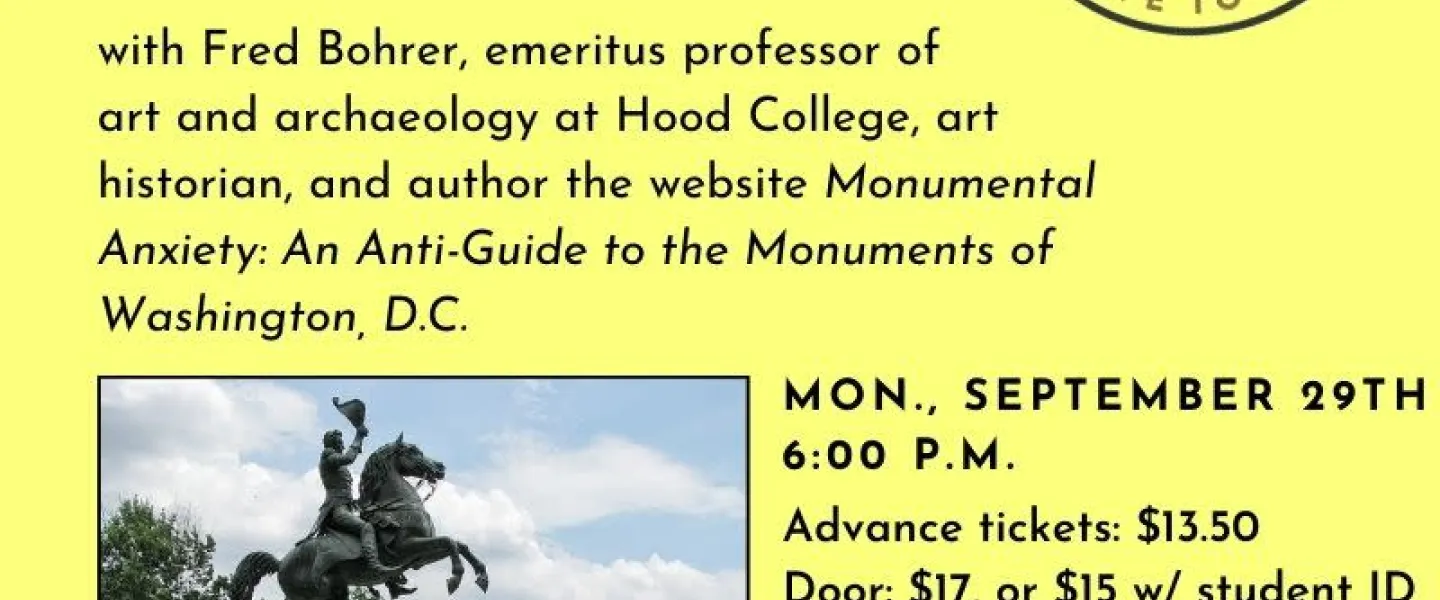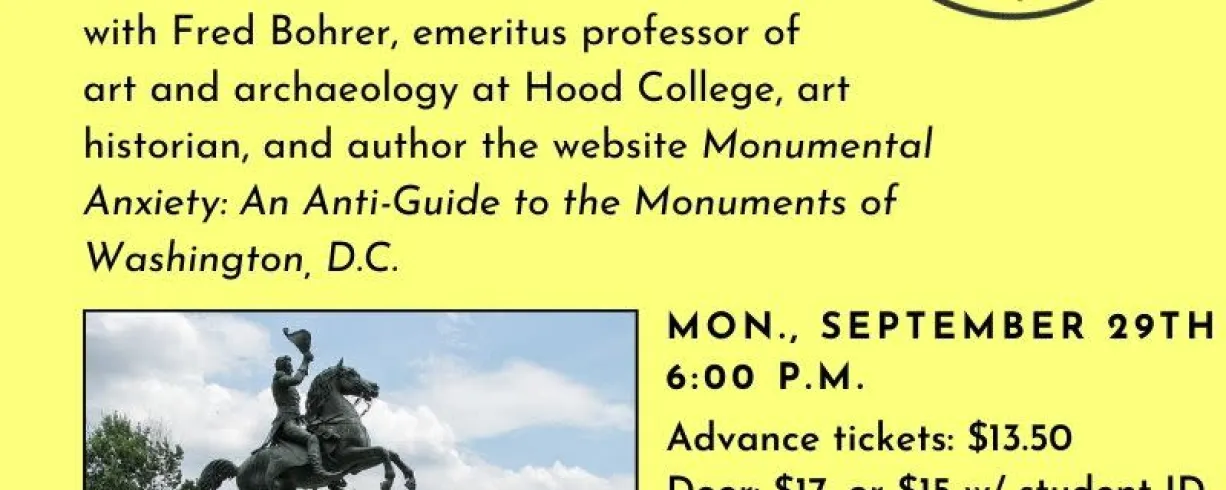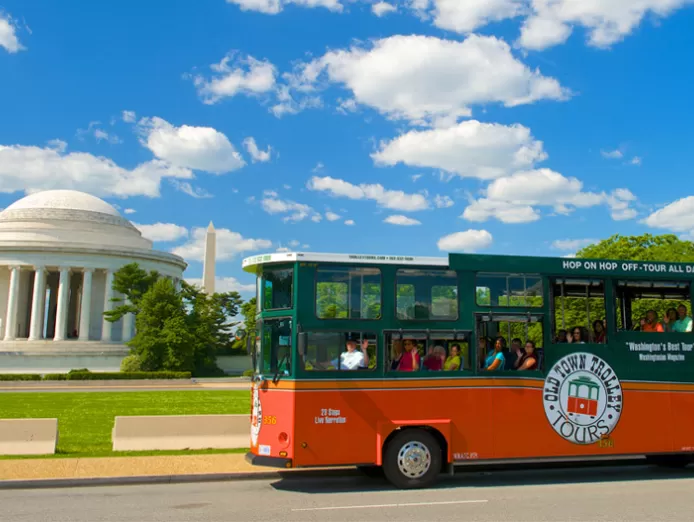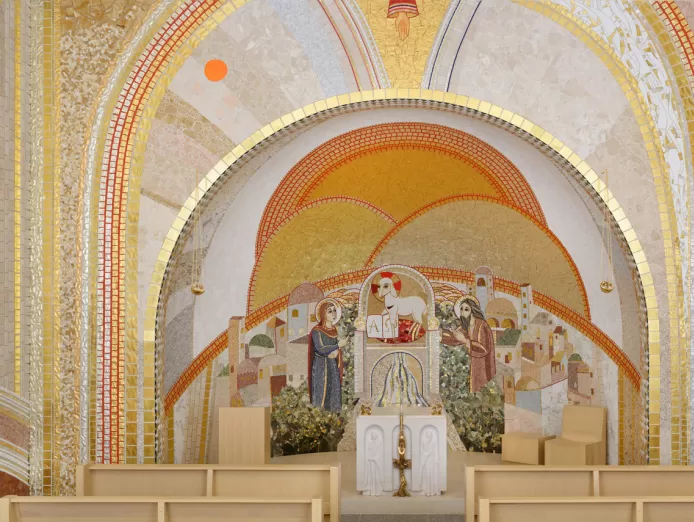Washington has several monuments that bring up questions of sexual orientation, disability, ideology, social class, and much more
Profs and Pints DC presents: “Monumental Controversies,” with Fred Bohrer, emeritus professor of art and archaeology at Hood College, art historian, and author of the website Monumental Anxiety: An Anti-Guide to the Monuments of Washington, D.C.
Even more than most cities, Washington, DC is filled with monuments and commemorative spaces. They generally serve mainly as a backdrop of urban life, but in recent years many public monuments in Washington—as well as other American places—have faced new scrutiny, criticism, and even direct attack.
Chief among such controversies is the battle over the Confederate monuments found in every corner of the nation. Washington itself has had a public, outdoor monument to a confederate general and KKK sympathizer—Albert Pike—that President Trump is now seeking to have reinstalled following its earlier removal.
But many other controversies also play out around monuments. Washington has several monuments that bring up questions of sexual orientation, disability, ideology, social class, and much more—sometimes mainly through transparent attempts to avoid them.
What is at stake in the battle over monuments? How and why do monuments today have the power to inspire such vehement passions among both defenders and detractors? And just why are there so many monuments in the first place?
This talk is for anyone who has wondered about the prominent place of monuments in cities and towns, the nature of historical memory, and how things such as race, gender, sexuality, and cultural identity are inscribed in America’s public landscape. Along with tackling questions that have been raised about some monuments, it will offer a larger historical perspective on the varieties of monuments and their development. It also will equip audience members with fundamental tools for understanding and analyzing monuments. We’ll look in detail at many nearby objects, both famous and obscure, as well as other monuments throughout the country.
Professor Bohrer has for more than two decades written books and articles examining how tangible objects—paintings, photographs, sculptures, ancient artifacts, museum displays and more—both represent and obscure public histories. You’ll walk out of his talk equipped to be a more astute tour guide for anyone who visits you.
Image: An 1853 Clark Mills sculpture of Andrew Jackson in Washington DC’s Lafayette Park. (Photo by Cliff / Wikimedia Commons.)





